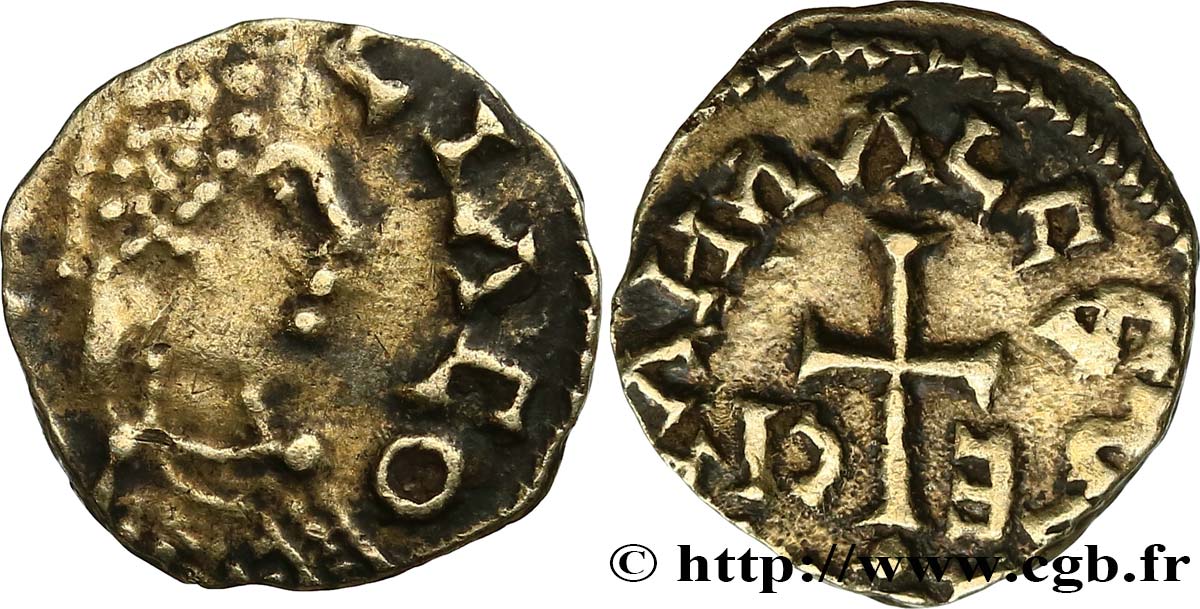bmv_472304 - MOUSSY (MUNCIACO) - Seine-et-Marne Triens à la croix E-CI
4 200.00 €约 32508.00 CNY
数量
加入购物车

种类 Triens à la croix E-CI
日期: c. 620-640
日期: s.m.
铸币厂名称/城市 Moussy (77)
材质 gold
直径 13 mm
模子方针 9 h.
重量 1,15 g.
稀少度 R3
关于品相的说明
Triens intéressant, en bas or, avec des types presque complets malgré un décentrage au droit et au revers. Patine brune, plus sombre par endroits
出版目录中的项代码 :
家谱
Cet exemplaire provient de la collection Raymond D. (1948-2017), il a été acquis auprès de BOURGEY en février 1997 (3.000 fr).
Avec son certificat d’exportation n°225280 délivré par le Ministère français de la Culture
正面
正面的文字 MVNCIACO.
正面的说明书 Buste à droite, le manteau en arrêtes de poisson.
背面
背面的文字 WANDALEGSELO - E CI.
背面的说明书 Personnage debout de face levant la main gauche.
评论
Cette série a récemment été étudiée en profondeur par A. Pol et P. Crinon dans la RN 2016. Précédemment, le Moneta ne listait que cinq exemplaires pour ce type 20-1A 3 ; cet exemplaire ainsi que les deux de la BN (Prou 878-879) et les deux autres du Belfort (3558-3559). La légende ECI rétrograde doit être restituée en ELICI, pour ELIGIVS..








 对产品描述纠错
对产品描述纠错 打印
打印 分享我的选择
分享我的选择 提问
提问 Consign / sell
Consign / sell